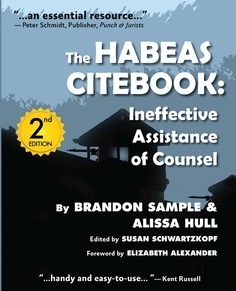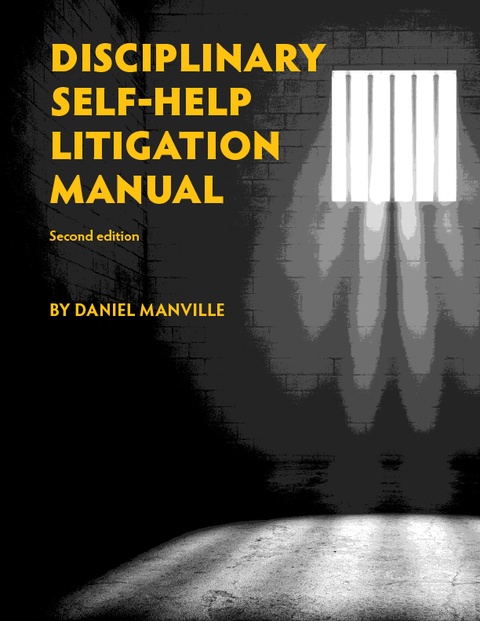Florida Update From The Inside: Smoking on the Chain Gang
Smoking has long been a past time for people. In some cultures, it’s like a rite of passage. In our more modern times, it is portrayed as a bad habit. Either way you look at it, the fact is: some people just like to smoke.
Those who enjoy it do so for various reasons. There are those who say it calms their nerves or like the taste and effect it has on them. It all depends on what they’re smoking. In the prison, like on the street, there is the option to smoke tobacco, marijuana, or new synthetic marijuana.
Of course, in the Florida Department of Corrections (FDC) smoking anything is a violation of the rules that can land one in confinement. That result in my recent experience is extremely rare. The move to the current policy was gradually implemented. It started with a 1995 U.S. Supreme Court ruling that held prisoners had a constitutional right to be protected from exposure to second hand smoke because it could adversely affect their health.
Then, the Florida legislature in 2000 enacted a law that made it a misdemeanor to use tobacco products of any kind inside a state building or vehicle. The final push for tobacco prohibition in FDC happened around 2010, when former FDC Secretary who came from Indiana and held that position for about six months, enacted rules that prohibited the possession or use of tobacco by prisoners.
The average person would think that the security measures that surround maximum security prisons would put an end to tobacco smoking by prisoners. That is far from the reality. Instead, the policy created a lucrative black market.
That market is feed in various ways. FDC bureaucrats will tell you that tobacco enters prisons via smuggling by persons entering its visiting parks. On a small scale, that is the truth. Yet, how much tobacco do you think one prisoner can smuggle in a package up their keister? Let’s say ten prisoners do that a week per prison, which I would submit is extreme. Could they keep an entire compound of 1,300 smoking all week? My experience in buying marijuana back when tobacco was authorized is that there were dry spells that would last for weeks and there was never enough to supply the demand.
Thus, I conclude the same result with tobacco should be occurring. Yet, not a day passes when I see a fellow prisoner smoking or trying to sell tobacco. So, where does it comes from?
While prisoners are subject to strict prohibition, guards and other staff are not. FDC policy provides that staff may bring in a pack of cigarettes and they are to use designated smoking areas. At these areas are locked butt cans. The truth is guards smoke right in front of us, but not inside buildings.
Guards and other staff also enrich themselves by supplying the black market. Yes, this goes well beyond tobacco, but I will not digress here. Considering guards start out at a base salary of $33,500 per year, which qualifies them for food stamps if they have a wife and two kids, the temptation to supplement their income with legal, but rule prohibitive, cigarettes is understandable.
A pack of cigarettes goes for $50 to $100, I’ve been told in doing my research for this article. A carton goes for $350. The distributors of the merchandise sell to distributors who then sell it to retailers.
The retailers then sell ‘‘Cadillacs,” or whole cigarettes for the current rate of $12-$15. The current market is at the higher end it appears, for I heard a retailer walking by the foot of my bunk recently making that offer for sale. They also service the smaller market of “clips,” which is a Cadillac broken down into five pieces for reroll. Clips cost anywhere from $2 to $4, depending upon the supply or urgency to dump one’s supply.
Clips are rerolled using paper from bibles, the wrap from toilet paper rolls, or brown paper towels. Regardless of what paper is used, it goes through a process. A spoon of coffee is added to small bit f water to create a dark, thick substance. The paper is briefly soaked in that substance and then wrapped around a cup of hot water to dry it. Such reroll paper is, in itself, its on hustle and market.
The butt cans are hot commodities for prisoners. As are disbarred wads of dip, or chewing tobacco. Prisoners who cannot afford to buy Cadillacs or clips scavenge the yard to get their tobacco fix on. They create hooks and other pokers that allow them to get butts out of the locked butt cans. I’ve seen them pick up small strands of tobacco in areas where staff smoke. Many staff members roll the embers of their butt before putting it in the can, which results in unburnt pieces of tobacco to hit the ground. Let this happen enough times, and you can come up with a clip. One prisoner here regularly digs in the trash looking for butts and empty dip cans to find tobacco granules.
The most disgusting thing I’ve seen is when prisoners scavenge the yard looking out for wads of dip that guards have spit out. Chewing or dipping tobacco is huge amongst Florida guards. When a prisoner finds one of these, it’s like they found a gold mine. They take it to the dorm, wash it off, and then they break it up and let it dry out. Once dry, they make it into clips.
Smoking in the chain gang is much like the Prohibition era. It is a vice that people will go to all ends to fulfill. Others will gladly take advantage of the situation to profit. While I quit smoking cigarettes in 1994, I often wonder why FDC is so dead set on preventing prisoners from enjoying a cigarette if they desire. It’s a legal, non-regulated item for anyone 21 and older. Yes, it’s harmful to one’s health long term, but that consequence comes from an informed choice.
FDC’s cigarette prohibition era is over a decade old and prisoners are still smoking. That is not going to change. As former FDC Secretary Louis Wainwright once said, “You put one prisoner in tree with a cigarette put another in a tree a quarter of a mile with a lighter, and both will be smoking by the end of the day.”
This form of prohibition has done nothing other than create a black market. Prisoners are and will continue to find ways to obtain tobacco to smoke. While it can be said FDC’s form of prohibition is to protect the health of prisoners, others say its purpose is to provide a means for guards and staff to supplement their meager income.







